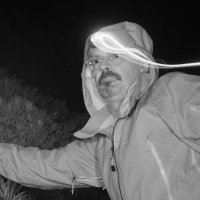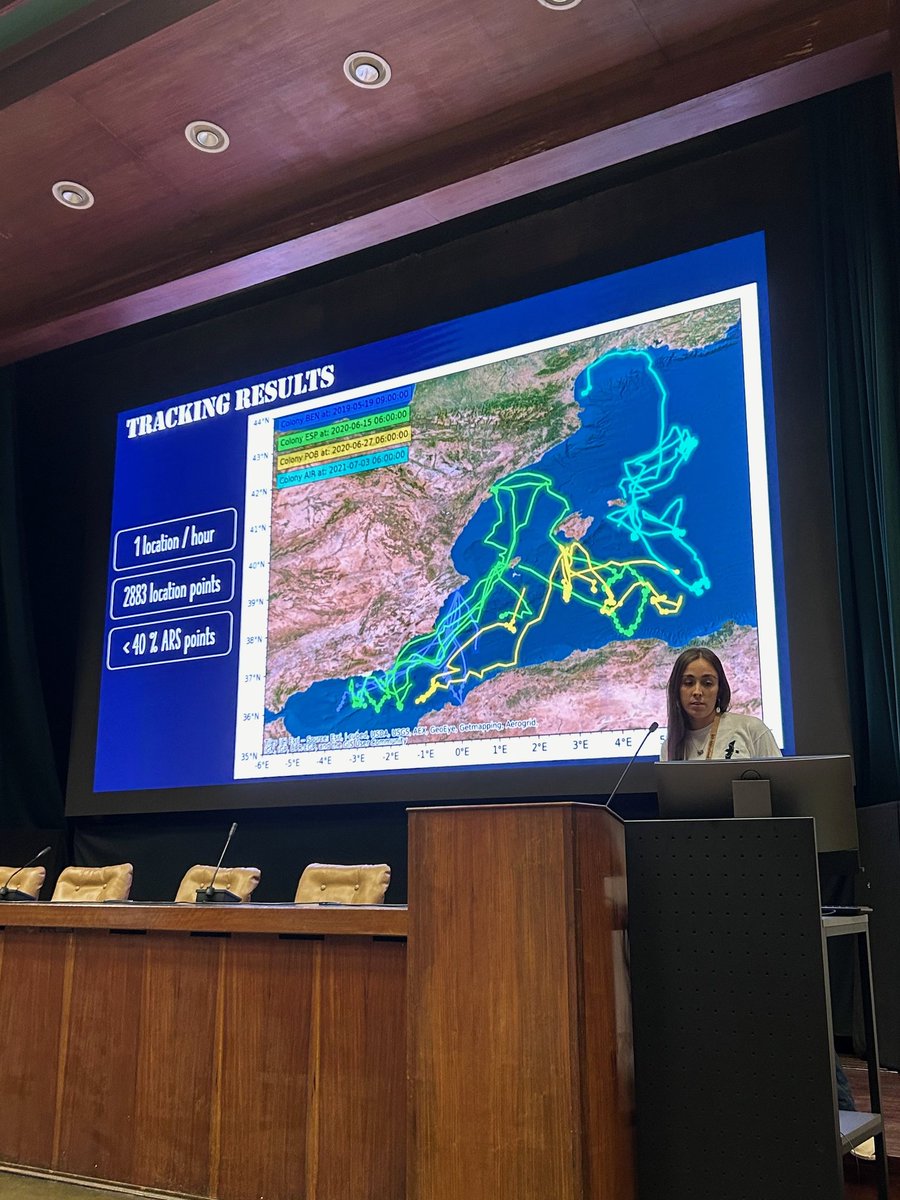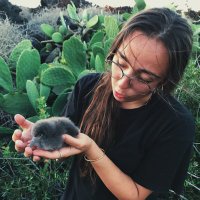
Sofia Bolumar Roda
@sofiabolumar
PhD @IMEDEA_UIB_CSIC 🏝️ | #seabirds | former @dbiosunito | #birder | #ringer | STOP shark fin trade stop-finning-eu.org |⚓️⛵️🌊
ID: 1147117029310246912
https://www.instagram.com/turriachedda/ 05-07-2019 12:16:26
433 Tweet
271 Takipçi
434 Takip Edilen
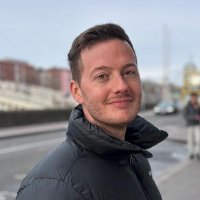
Damos por concluido el curso introductorio a la ecología del movimiento en R. Gracias a tod@s los participantes y a la Área Ecología UMH UMH por hacerlo posible! Ha sido un verdadero placer enseñaros, ayudaros y atender todas vuestras dudas! Asociación Española de Ecología Terrestre (AEET) Universidad de Alicante UA
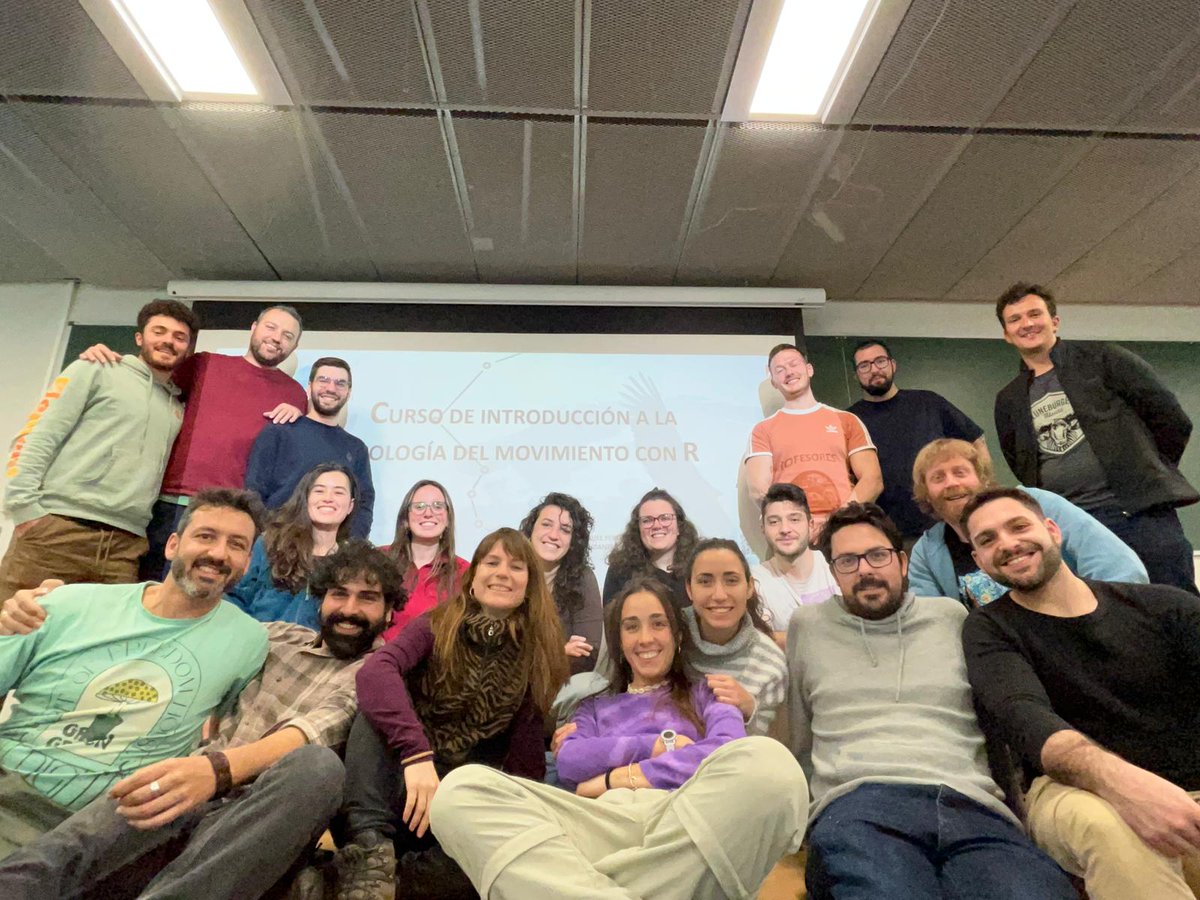

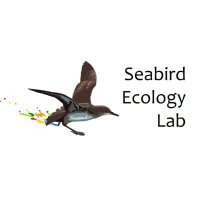
At Facultat de Biologia UB we are hosting the KoM of #SEAGHOSTS 'The global spatial ecology & conservation of the world’s smallest & elusive #Seabirds, the #StormPetrel, across the #Mediterranean and the North East Atlantic' led by Raül Ramos and funded by Biodiversa+ biodiversa.eu/2022/10/07/202…
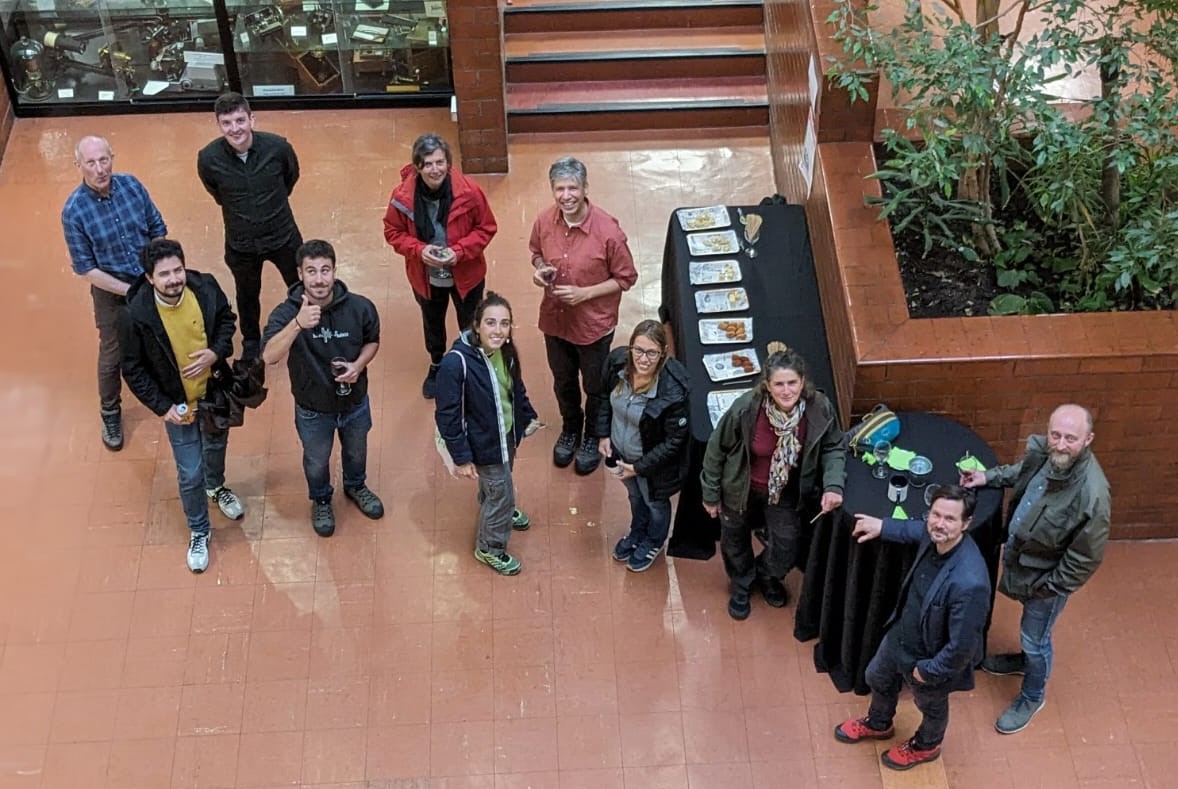
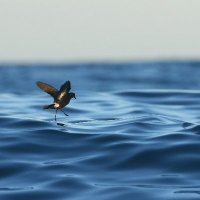
We've just enjoyed the 1st day of the #SEAGHOSTS kickoff meeting. Many thanks to all participants. Very fruitful over all. We go on tomorrow morning 💪🏾#StormPetrels Biodiversa+ (European Biodiversity Partnership) Seabird Ecology Lab
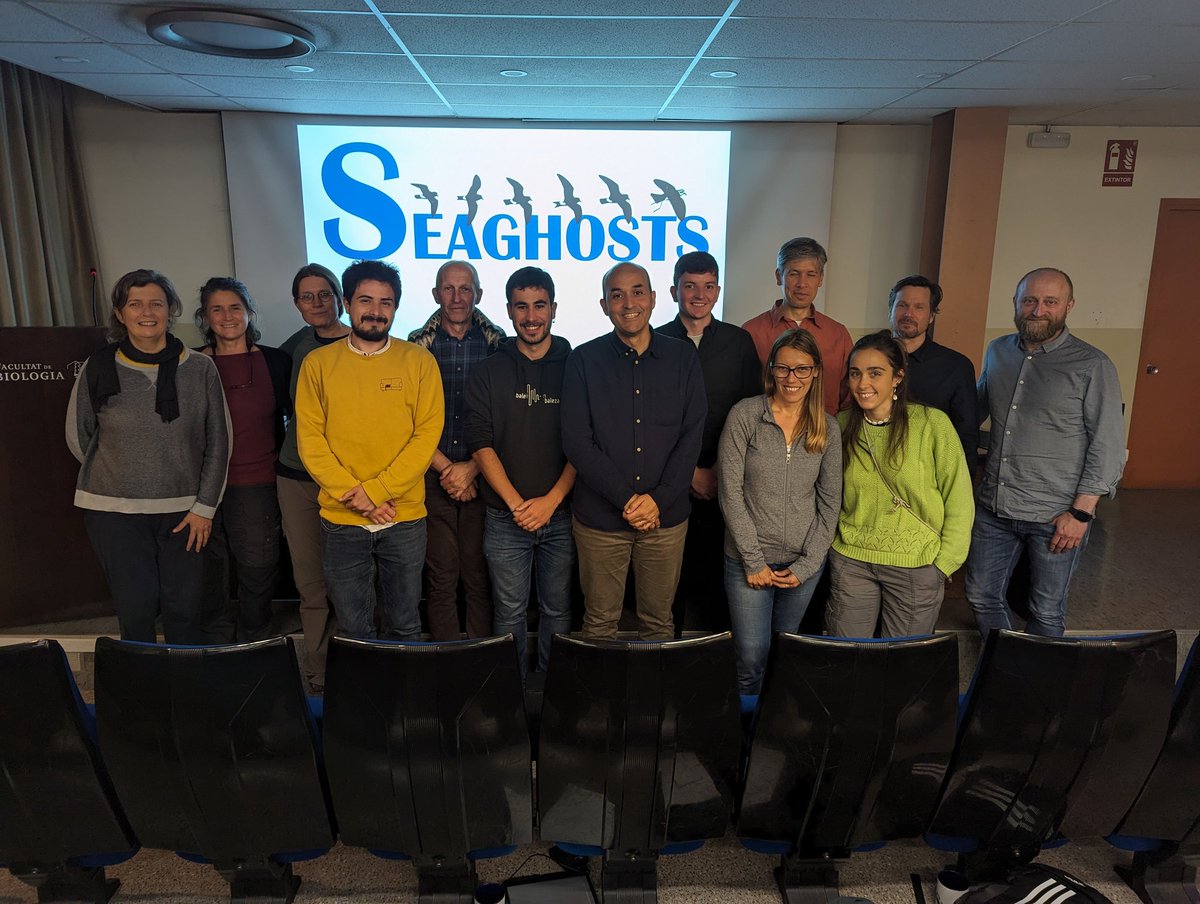
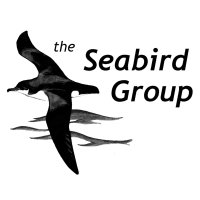
"Predicting foraging areas of European Storm-Petrels: conservation implications in the Western Mediterranean." Sofia B. Roda Sofia Bolumar Roda identifies key Storm-Petrel foraging areas needing urgent protection in the Western Mediterranean. #CoimbraSeabirds
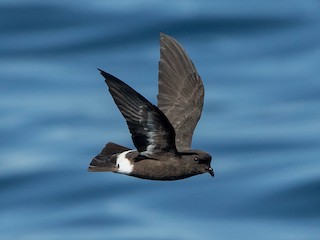
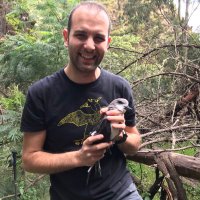
In the middle of a very exciting week, we are very happy to have all these seabird enthusiastic fellows here with us at #CoimbraSeabirds conference! The Seabird Group ECOTOP Departamento de Ciências da Vida - UC Universidade de Coimbra


Had a great time presenting the preliminary results of our research on soft ticks, gulls, and lizards at The Seabird Group conference! Thanks to everyone who stopped by for a chat 🪲 Ana Sanz Aguilar Animal Demography and Ecology Unit IMEDEA (UIB-CSIC)

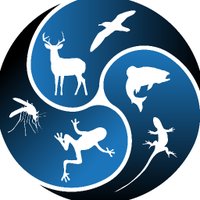
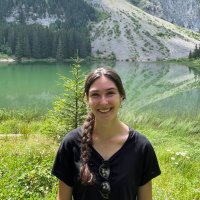



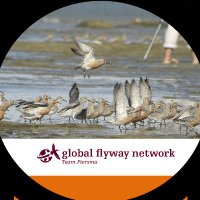

🆕 PAPER_Los investigadores Ana Sanz Aguilar et al. demuestran que el #paíño europeo no evita el olor a rata 🐀 🐦⬛Un resultado clave para la conservación, con implicaciones en los programas de restauración en islas donde actualmente la especie no está presente. doi.org/10.13157/arla.…

